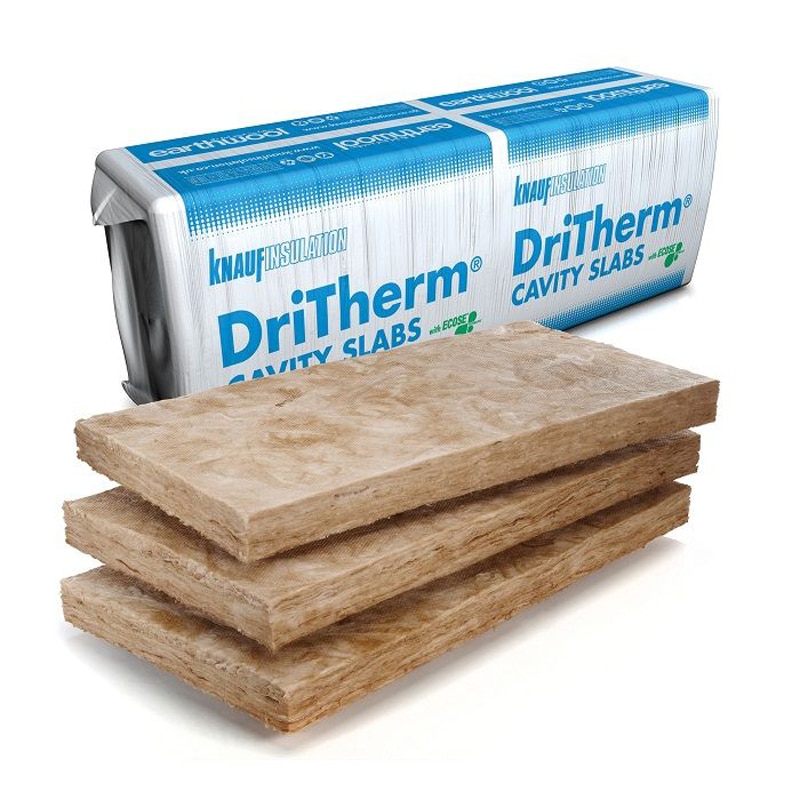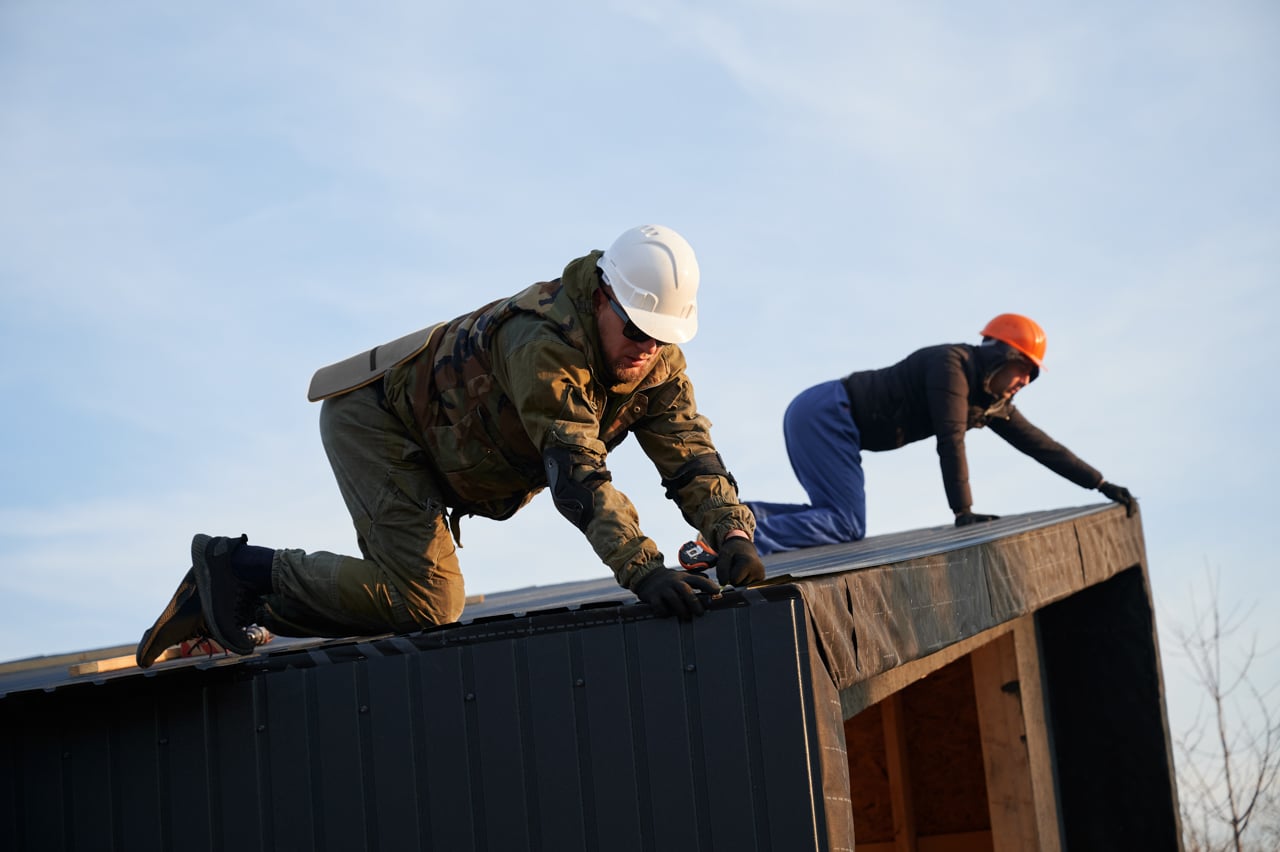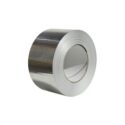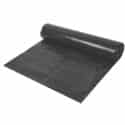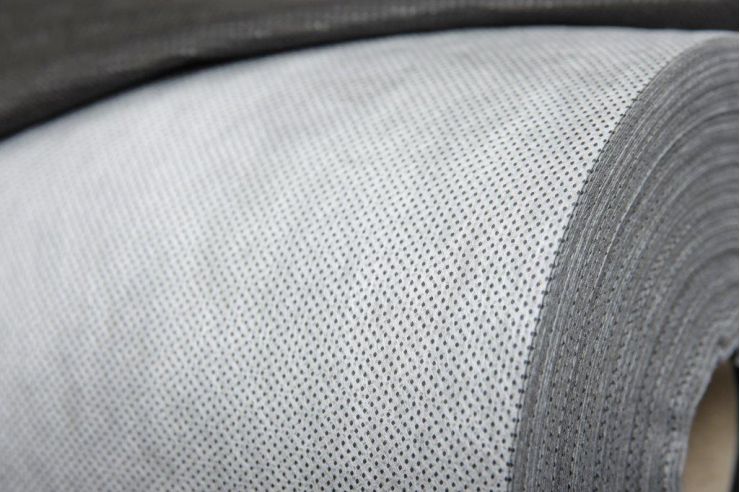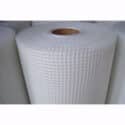27 Jan 2022
All Homes Need Insulation – A Guide To Insulation
If you would like to learn a little more about insulation, take a look at the following guide.
Insulation is an essential thing for any home to have, no matter where in the world you live or in what type of property.
However, a lot of people do not fully understand the benefits of insulation, which can lead to a lot of confusion and trouble around this subject.
If you would like to learn a little more about insulation, take a look at the following guide. We will take you through more or less everything you need to know about this vital home improvement, so you know exactly how to make the most of it going forwards.
What Is Insulation?
In essence, insulation is a process whereby you use material to pad the walls and ceiling of a property. This is done to effectively help keep warmth in the property, which leads to a more comfortable experience. It also provides other benefits such as extra added fire safety in some cases.
All homes need insulation. In many parts of the world, it is a legal requirement to have at least some insulation. Even where it is not a legal requirement, it is always a good idea to install, if you don’t have it already.
The Benefits Of Insulation
Why in particular might you want to have a well-insulated home? There are many reasons.
First of all, there is the fact that insulation makes it easier to keep the home warm in winter.
This contributes to keeping your energy usage down, as it requires less to keep the home warm.
This in turn leads to lower utility bills, as well as reducing your impact on the environment and your carbon footprint.
Insulation also often improves fire safety, which is an essential concern for everyone who has a home of any kind.
It’s also good news for homeowners who may be thinking about the possibility of selling their home in the future, as an insulated home is generally going to be worth more than an uninsulated one.
As you can see, there are many benefits to having insulation in your home!
Types Of Insulation
You may already be aware that there are many different types of insulation that you can consider installing.
Part of the task of insulating a home is therefore knowing how to choose the appropriate type. This can be challenging and can require a lot of consideration, although you can make this process quicker and easier, by speaking to an insulation professional and or supplier.
Nonetheless, it is beneficial to know about some of the major types of insulation, along with their advantages and drawbacks, so here are a few of the most common you might come across.
Blankets
This is a particularly low-tech solution, but it is one that is perfectly sufficient for many people, and in fact it is the major source of insulation in the US.
However, it is not quite as effective as many other types of insulation, and for that reason many new homes look beyond it – as well as those seeking to re-install the insulation in an existing home.
Spray Foam
One of the most common types of insulation used today is spray foam, the technology for which has come a very long way in recent years in particular.
With spray foam insulation, one major advantage is that it can be used to fill in even the smallest crevices and cracks, meaning that it can be a highly effective mode of insulation for many scenarios and different homes.
It is also affordable and highly effective for holding in heat – and most people can easily install it themselves without too much difficulty.
Aluminium Foil
Using aluminium foil membrane, any surface can be easily and successfully insulated. This is a very lightweight option, making it easy to install and also very affordable.
It is made to reflect the heat and deflect the cold, so it often works more effectively than many simpler or older kinds of insulation for that reason. It’s definitely one to consider.
Earthwool
Although you might not have heard of Earthwool yet, it is currently all the rage and looks set to become even more popular in due course.
One of the main advantages of Earthwool is that it provides a lot of heat without causing damp or mould, which can happen with other kinds of similar insulation if you are not careful. It is also a very good choice if you are concerned about fire safety.
Installation
Fitting your insulation is something that you will of course need to know about, if you are going to make it work and keep your home warm.
Although that being said, not many people have actually done this before, and the first time you do it, you might be a little intimidated. However, it is actually fairly easy to do it right as long as you follow some basic instructions.
In general, the first thing to do is to take off the surface behind which your insulation will go.
That normally means, for instance, removing the boards that make up the walls. You will then need to cut your insulation into the appropriate lengths if you are using that kind, or if using spray foam insulation, you’ll need to make sure that a professional does it for you, as it is not easy to do it by yourself and you could cause yourself some problems.
Then it is a matter of packing it in tight.
You want to aim for as few holes or gaps as possible, otherwise you are going to disrupt the effectiveness of the insulation.
As long as you pack it in right, you are going to have insulation that will keep your home as warm as you’d need it to be all year round.
Although there is a lot to learn here, looked at in the right way, insulation should be simple enough to get your head around. Make sure your home is properly insulated as soon as you can.
